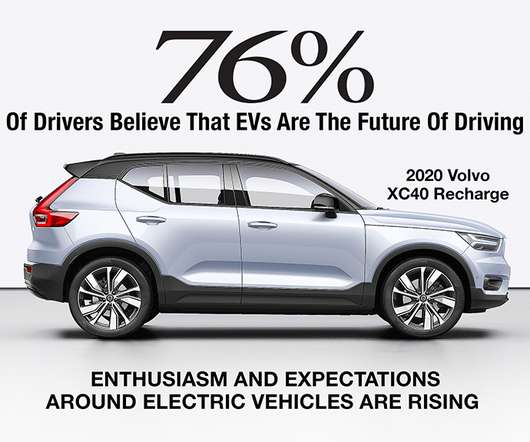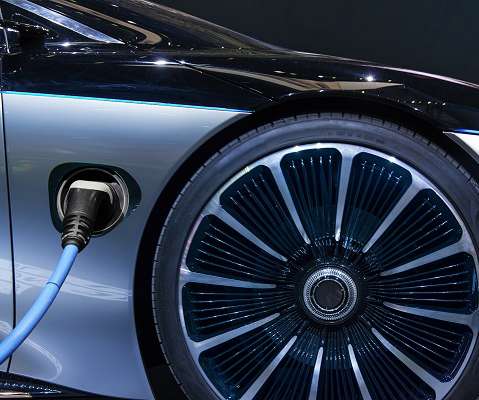Latest GHG Inventory shows California remains below 2020 emissions target; much steeper rate of GHG reductions required
Green Car Congress
OCTOBER 23, 2020
California’s latest greenhouse gas data shows that while the state continues to stay below its 2020 target for emissions, there is much more work to do to achieve carbon neutrality by 2045. million metric tons in 2017. million metric tons between 2017 and 2018, the first such decline since 2013. tons per person to 10.7





























Let's personalize your content